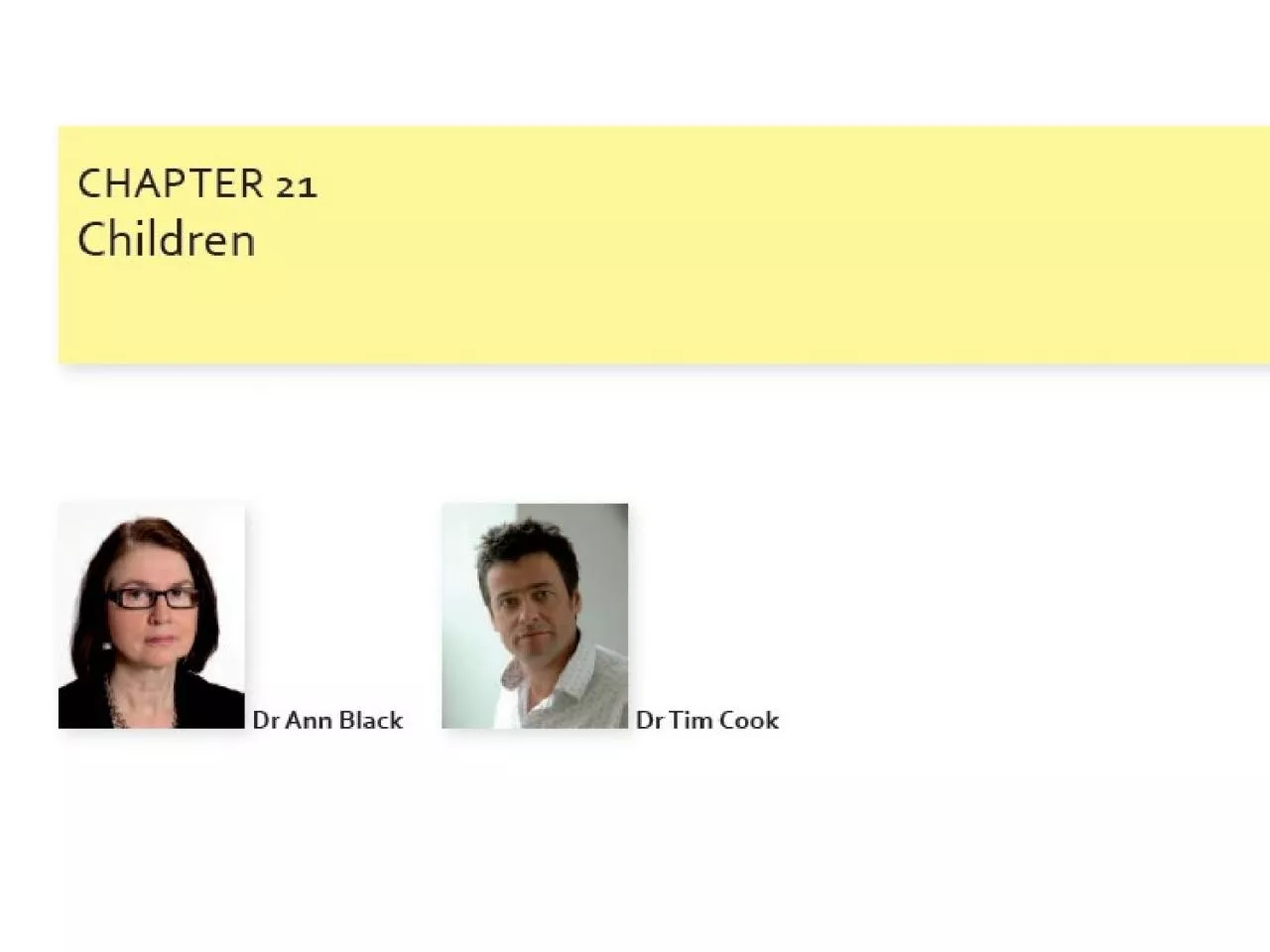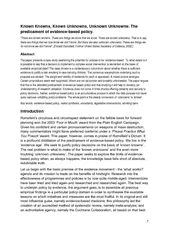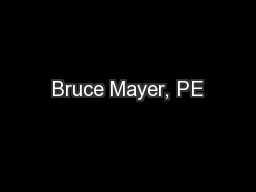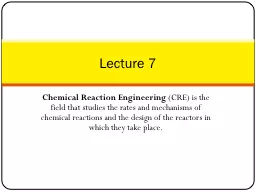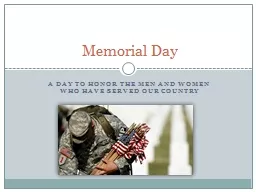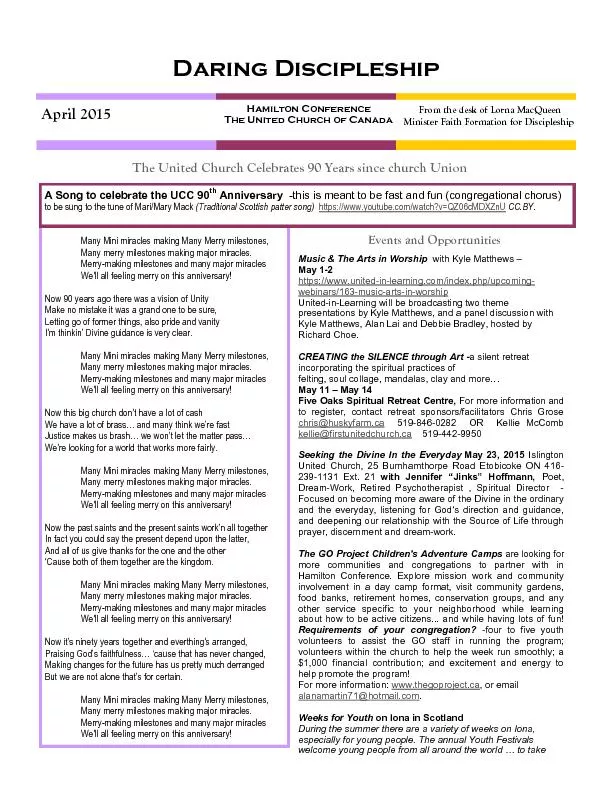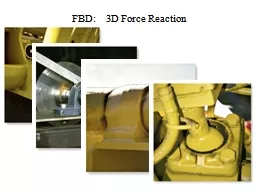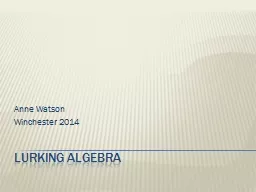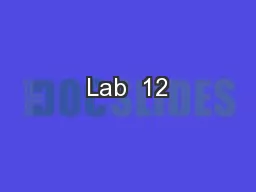PPT-Unknowns How many children
Author : PeacefulPassion | Published Date : 2022-08-03
anaesthetised in UK Where DGH teaching hospital By who How Frequency of problems Paed airway management main differences from adults Pre op airway assessment SAD
Presentation Embed Code
Download Presentation
Download Presentation The PPT/PDF document "Unknowns How many children" is the property of its rightful owner. Permission is granted to download and print the materials on this website for personal, non-commercial use only, and to display it on your personal computer provided you do not modify the materials and that you retain all copyright notices contained in the materials. By downloading content from our website, you accept the terms of this agreement.
Unknowns How many children: Transcript
Download Rules Of Document
"Unknowns How many children"The content belongs to its owner. You may download and print it for personal use, without modification, and keep all copyright notices. By downloading, you agree to these terms.
Related Documents

